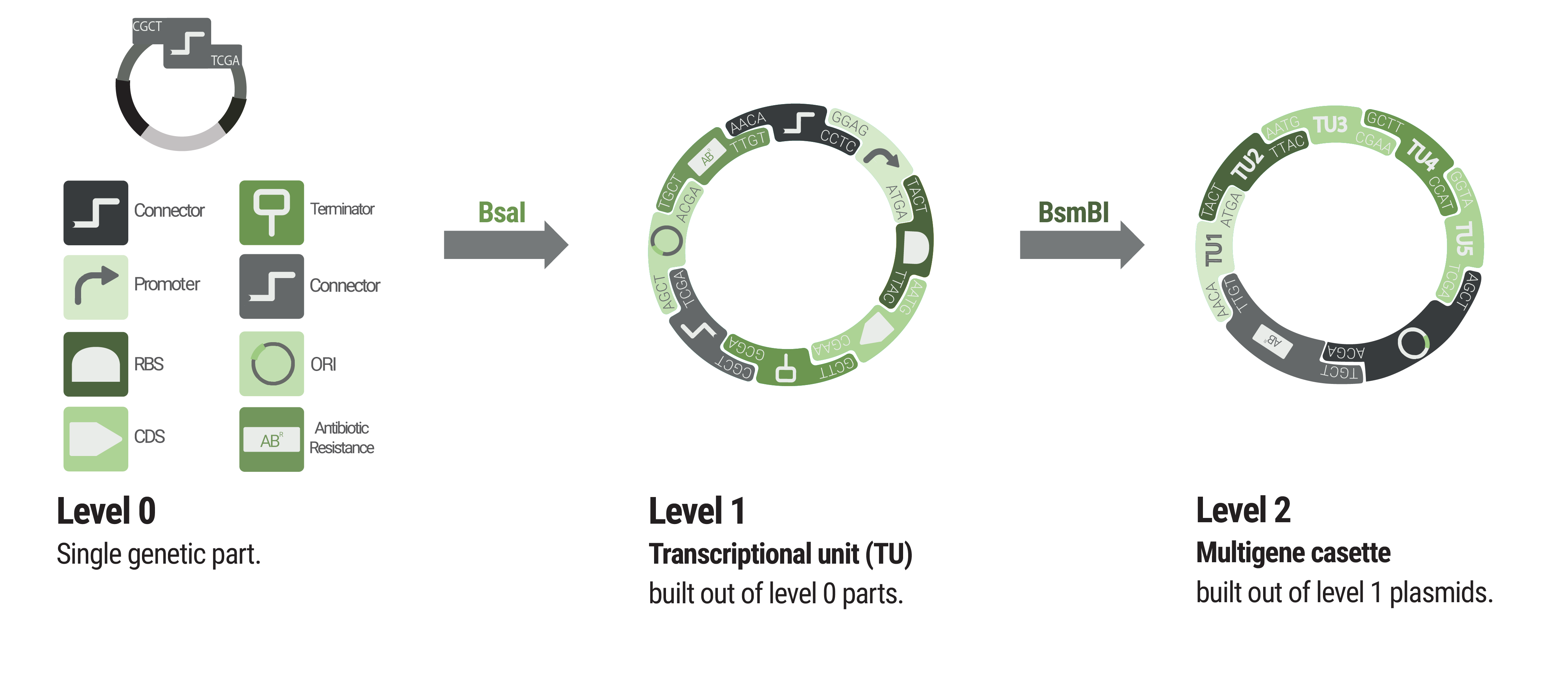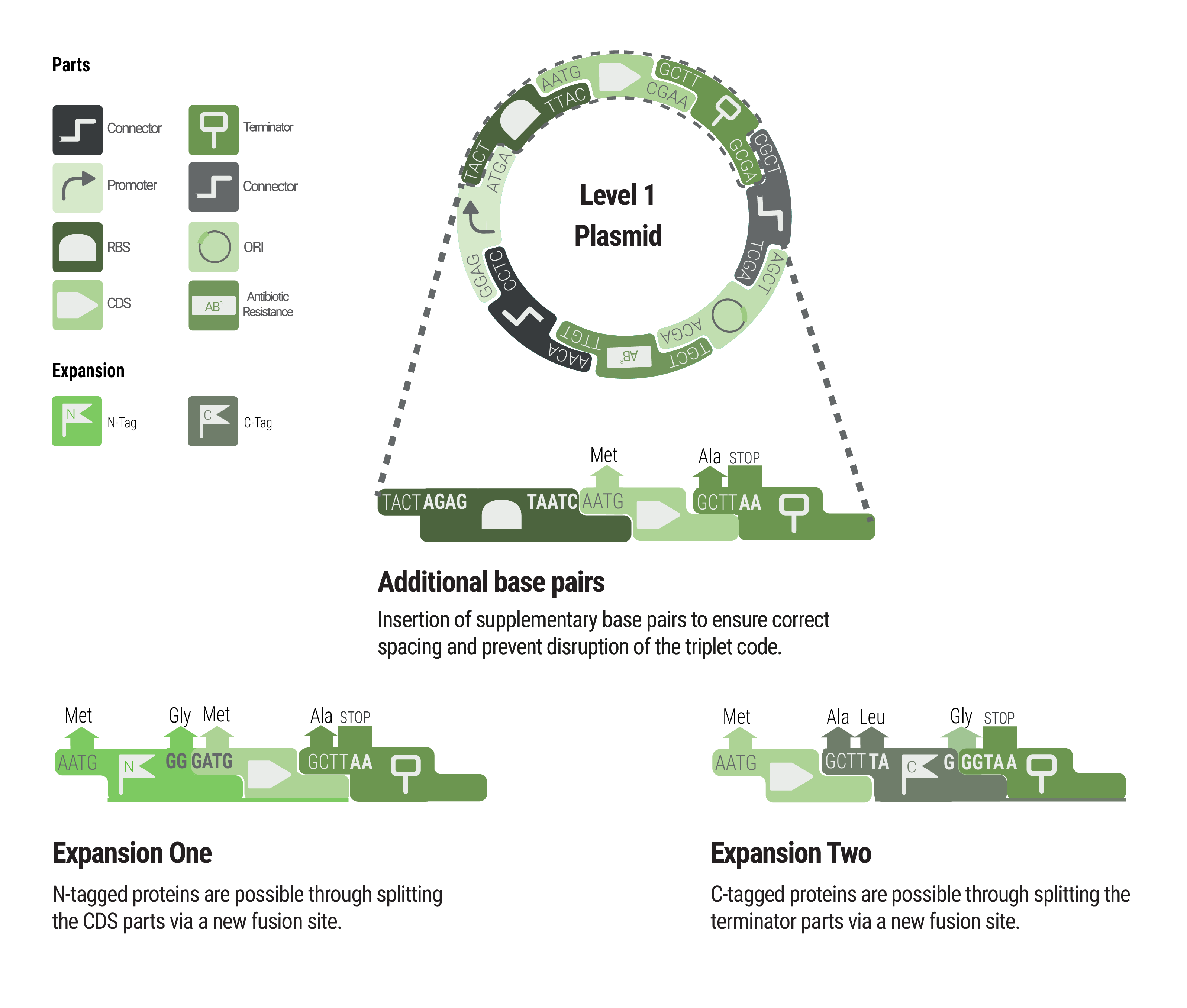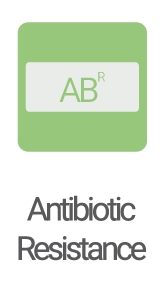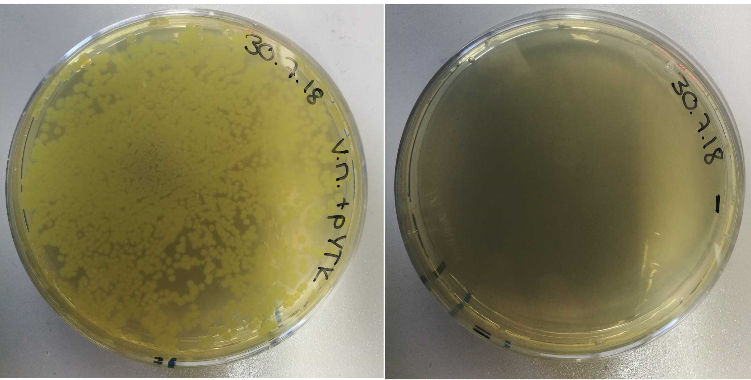Part:BBa_K2560268
tfoX (V. cholerae)
Since scientific progress keeps accelerating in the past years, the fast production of results gains more and more importance. We are convinced that in the near future the community of synthetic biology will replace E. coli by the much faster growing organism V. natriegens. We strongly believe that our best basic part tfoX will support you in speeding up your research. Making this part accessible for everyone we would like to accelerate engineering biology and help you to make the world a better place. Tfox is known as the inducer of natural competence in some Vibrio species like V. natriegens. This ability of cells to take up free DNA is called competence. A special kind is the natural competence. In 1928, natural competence was first observed by Frederick Griffith even if he did not understand the genetics behind (Griffithet al.1928) . Thanks to many more great scientists who did research in this area, we now know a lot about natural competence and the ability of some bacteria to take up free DNA. In their natural environment, the regulator protein Tfox activates Type VI secretion systems (T6SSs) and allows bacteria to penetrate prey cells, leading to cell lysis and the release of DNA. The naturally competent cells can take up the free DNA from their environment and utilize it for genomic modifications by homologous recombination into their genome. Although much progresses has been made in this area, the molecular details of natural competence are not understood completely (Wuet al.2015) . For V. cholerae, it is known, that the expression of tfoX is induced by surface contact to chitin (Figure 1). Even though the V. natriegens genome is encoding a tfoX gene, its natural inducer is not known until now. However it is known, that the induction of expression of the V. cholerae tfoX is leading to competence in V. natriegens cells as well. (Hayes et al. 2017)
Domains of TfoX
TfoX, N-terminal (TfoX_N): N-terminal domain of TfoX found in Haemophilus influenza, also present in Sxy found in E. coli (inducer of natural competence)
TfoX, C-terminal (TfoX_C): C-terminal domain of TfoX found in Haemophilus influenza. This family corresponds to the C-terminal presumed domain of TfoX. The domain is found in association with the N-terminal domain in some, but not all members of this group, suggesting this is an autonomous and functionally unrelated domain.
Domain analysis was performes using InterPro (http://www.ebi.ac.uk/interpro/)
Since we are convinced, that E. coli will be replaced by V. natriegens in the next few years, we believe that the usage of natural transformation will become more significant. There are several advantages of this method in comparison to electroporation or heat shock mediated transformation. First, it is less stressful to the cells and second, you do not need to aliquot a thousands of chemically competent E. colis in Eppendorf cups every few weeks. If you are planning to do a transformation, the only thing to do is to inoculate the desired V. natriegens strain in a liquid culture, inducing the expression of tfoX (Figure 3). Additionally, modified V. natriegens strains can be produced much faster, due to the possibility to transform linear fragments for genomic modifications instead of wasting time with cloning plasmids. Even more linear fragments can be used for co-transformation, creating several genomic modifications at the same time (Hayes et al. 2017) .
In the future natural transformation could be utilized in combination with genome engineering methods like MAGE and CAGE, which rely on electroporation for E.coli, that could allow more rapid genome designs, such as complete codon reassignments.
Providing this basic part, we want to encourage the community of iGEM as well as all other scientists in the field of synthetic biology to start working with V. natriegens. Including tfoX into the modular cloning system of iGEM and the Marburg Collection we hope to usher in a new era of synthetic biology. We would love to see future iGEM teams using this basic part for further constructing their individual transcription unit variants in order to screen for the maximum efficiency for customized applications. Using tfox in full transcriptional units, we were able to perform natural transformation with plasmids as well as with linear DNA to create our strains with genomic modifications.
Sequence and Features
We proudly present the Marburg Collection, a novel golden-gate-based toolbox containing various parts that are compatible with the PhytoBrick system and MoClo. Compared to other bacterial toolboxes, the Marburg Collection shines with superior flexibility. We overcame the rigid paradigm of plasmid construction - thinking in fixed backbone and insert categories - by achieving complete de novo assembly of plasmids.
36 connectors facilitate flexible cloning of multigene constructs and even allow for the inversion of individual transcription units. Additionally, our connectors function as insulators to avoid undesired crosstalk.
The Marburg Collection contains 123 parts in total, including:
inducible promoters, reporters, fluorescence and epitope tags, oris, resistance cassettes and genome engineering tools. To increase the value of the Marburg Collection, we additionally provide detailed experimental characterization for V. natriegens and a supportive software. We aspire availability of our toolbox for future iGEM teams to empower accelerated progression in their ambitious projects.

Basic building blocks like promoters or terminators are stored in level 0 plasmids. Parts from each category of our collection can be chosen to build level 1 plasmids harboring a single transcription unit. Up to five transcription units can be assembled into a level 2 plasmid.

Between some parts, additional base pairs were integrated to ensure correct spacing and to maintain the triplet code. We expanded our toolbox by providing N- and C- terminal tags by creating novel fusions and splitting the CDS and terminator part, respectively.
Parts of the Marburg Toolbox

- K2560011 (5'Connector Dummy)
- K2560055
(1-6
Connector) - K2560065 (5'Con1)
- K2560066 (5'Con2)
- K2560067 (5'Con3)
- K2560068 (5'Con4)
- K2560069 (5'Con5)
- K2560075 (5'Con1
Short Res) - K2560076 (5'Con2
Short) - K2560077 (5'Con3
Short) - K2560078 (5'Con4
Short) - K2560079 (5'Con5
Short) - K2560095 (5'Con1 inv)
- K2560096 (5'Con2 inv)
- K2560097 (5'Con3 inv)
- K2560098 (5'Con4 inv)
- K2560099 (5'Con5 inv)
- K2560105 (5'Con5 inv
Ori) - K2560107 (5'Con1
Res)

- K2560007 (J23100)
- K2560009 (J23104)
- K2560014 (J23106)
- K2560015 (J23115)
- K2560017 (J23101)
- K2560018 (J23102)
- K2560019 (J23103)
- K2560020 (J23105)
- K2560021 (J23107)
- K2560022 (J23108)
- K2560023 (J23109)
- K2560024 (J23110)
- K2560025 (J23111)
- K2560026 (J23113)
- K2560027 (J23114)
- K2560028 (J23116)
- K2560029 (J23117)
- K2560030 (J23118)
- K2560031 (J23119)
- K2560123
(pTet) - K2560124 (pTrc)
- K2560131 (Promoter Dummy)

- K2560012 (3'Connector Dummy)
- K2560070 (3'Con1)
- K2560071 (3'Con2)
- K2560072 (3'Con3)
- K2560073 (3'Con4)
- K2560080 (3'Con5 Ori)
- K2560100 (3'Con1 inv
Short) - K2560101 (3'Con2 inv
Short) - K2560102 (3'Con3 inv
Short) - K2560103 (3'Con4 inv
Short) - K2560104 (3'Con5 inv
Short) - K2560106 (3'Con1 inv
Short Res) - K2560108 (3'Con1 inv)
- K2560109 (3'Con1 inv
Res) - K2560110 (3'Con2 inv)
- K2560111 (3'Con3 inv)
- K2560112 (3'Con4 inv)
- K2560113 (3'Con5 inv)

- K2560048 (Cam. Res. RFP)
- K2560056
(Kan. Res. (pSB3K3) RFP) - K2560057
(Kan. Res. (pSB3K3) GFP) - K2560058
(Tet. Res. (pSB3T5) RFP) - K2560059
(Tet. Res. (pSB3T5) GFP) - K2560125 (Carb. Res. RFP)
- K2560126 (Carb. Res. GFP)
- K2560127 (Carb. Res. into BBa_K2560002)
- K2560132 (Cam. Res. into BBa_K2560002)
- K2560133
(Kan. Res. into BBa_K2560002) - K2560134
(Tet. Res. into BBa_K2560002)
Tags and Entry Vectors
| None |











